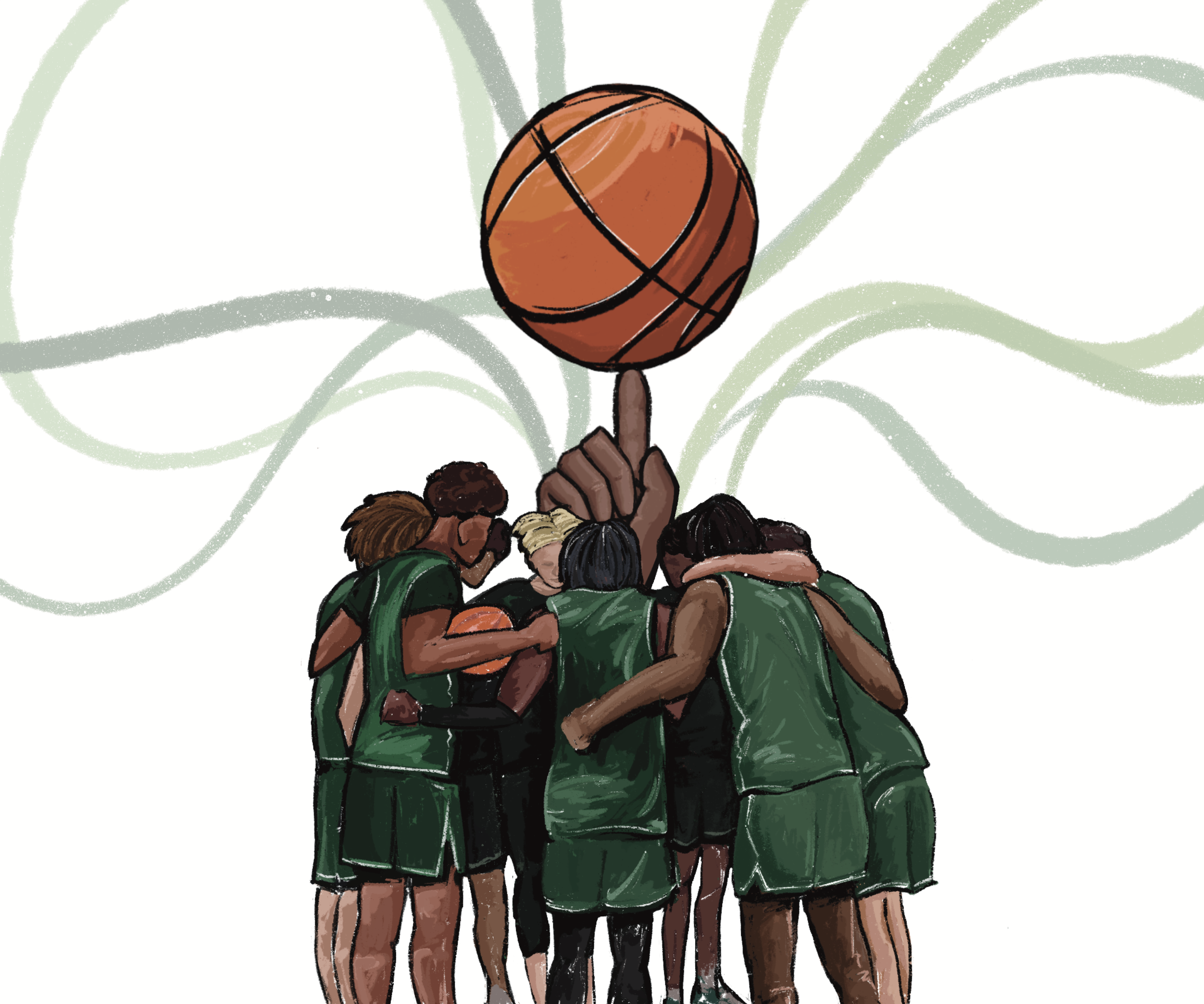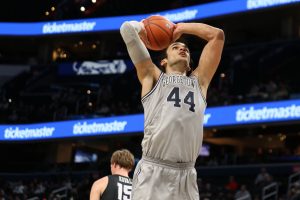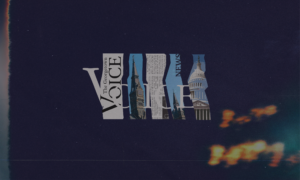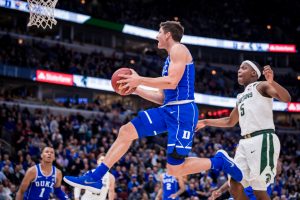Every year thousands of young athletes don uniforms bearing the name of their university in pursuit of higher education or, for the select few, a professional sports career. The hours of extra work for sports—a job in and of itself for these student athletes—is only half the battle. They also have to balance their academic goals with their athletics requirements to maintain their spots and, in many cases, keep their scholarship for their varsity teams. The hours they give to their teams, the sacrifices they make, and the games they play generated nearly $16 billion dollars in revenue in 2019. And the players don’t get a dime.
But on Feb. 5, the National Labor Relations Board (NLRB) ruled that basketball players at Dartmouth University are employees of the school, paving the way for a landmark unionization election. The decision comes as part of a recent series of developments within the world of college athletics, which has challenged the NCAA’s long-standing central principle of amateurism.
The NCAA has always maintained that there is a clear dividing line between amateur and professional athletes and that college athletics is strictly the realm of amateurs. From the NCAA’s perspective, that division manifests as a question of whether or not student athletes are compensated. In short, college athletes are not allowed to be paid because getting paid would mean that they are no longer amateurs. In their view, the education that the athletes receive is adequate compensation in and of itself.
The NCAA regarded their approach to “student athlete integrity” as a purity test; student athletes needed to stay above the influence of money, and they instituted measures and punishments to keep them from it. But in recent years, the NCAA’s iron grip on the world of collegiate sports and its ability to act as judge, jury, and executioner if a player acts out of line—or to use their favorite phrase, “receives improper benefits” (such as mini golf and laser tag, which the NCAA considered “excessive entertainment” for the players)—has become more tenuous. The Name, Image, and Likeness (NIL) ruling from the O’Bannon v. NCAA case allowed athletes to profit off themselves; and now, with a ruling from the NLRB’s regional director, Dartmouth players are “employees” of the university and free to vote on a union.
Before the celebrations, however, there is a long way to go. Dartmouth administrators have stated their plans to appeal the decision, a process which is expected to stretch over a year before reaching a resolution. A similar situation occurred in 2014 when the NLRB regional director recognized football players at Northwestern University as employees of the school. When the vote got to the full board, Northwestern’s union bid was rejected, due to the fact that while Northwestern was a private school (the NLRB only applies to private employers), the rest of the Big Ten schools were all public universities. The limited public support for the compensation of student athletes also played a role. Eight years later, however, the Dartmouth case comes with a whole new set of circumstances. There is more support than ever for student athletes being paid, including in the NLRB. Dartmouth also competes in the Ivy League, made up entirely of private schools, and does not offer athletic scholarships as “compensation” for its players.
Between the shifting political tides and Dartmouth’s status as a private university in a conference of private universities, this case may be the first domino that leads to employee status for college athletes across the country.
Georgetown may be forced to grapple with these same questions in the near future. Georgetown is a private institution in a conference built around the “Catholic Seven”—the seven private Catholic schools that competed in the original iteration of the BIG EAST Conference—and joined by four other schools, including UConn, the only public university. In the Dartmouth case, the NLRB’s regional director argued that the team were employees because they played their games “in exchange for compensation” like game tickets and team equipment. Georgetown offers athletic scholarships for their basketball team, so if that is considered compensation, they have an even better case for being employees than Dartmouth’s team does.
At the time of writing there is currently a case similar to Dartmouth’s being considered in Los Angeles, put forth by athletes at USC. They argue that student athletes constitute employees of not only their respective institutions but of their athletic conferences and the NCAA as well.
“[Dartmouth’s ruling] definitely bodes well for the USC case. And it’s not too much of a surprise,” Ramogi Huma, founder of an athlete advocacy group who filed the USC case, said to ESPN. “The USC case is even stronger because they actually get scholarships. We expect to win this.”
Regardless of how either case ends up, it is evident that we stand at a pivotal moment in the ongoing conversation about student athlete rights in college sports. This decision, along with the broader shifts in policies and attitudes toward player compensation, signals a significant departure from the traditional framework upheld by the NCAA. The voices advocating for fair treatment and compensation for student athletes will continue to grow louder and more influential. Division I athletes are a class of laborers among the most atypical in the world. They work simultaneously for two very different entities, unpaid by either of them: their home universities, public or private, and the NCAA, a non-profit organization. Sports fans have enjoyed their exploited labor for over a century, but it’s time to set them free. Let them unionize and get paid for their play. The winds of change are quickly turning into gusts. The question now is not, “should we make a move?” It’s “where will we end up?”





